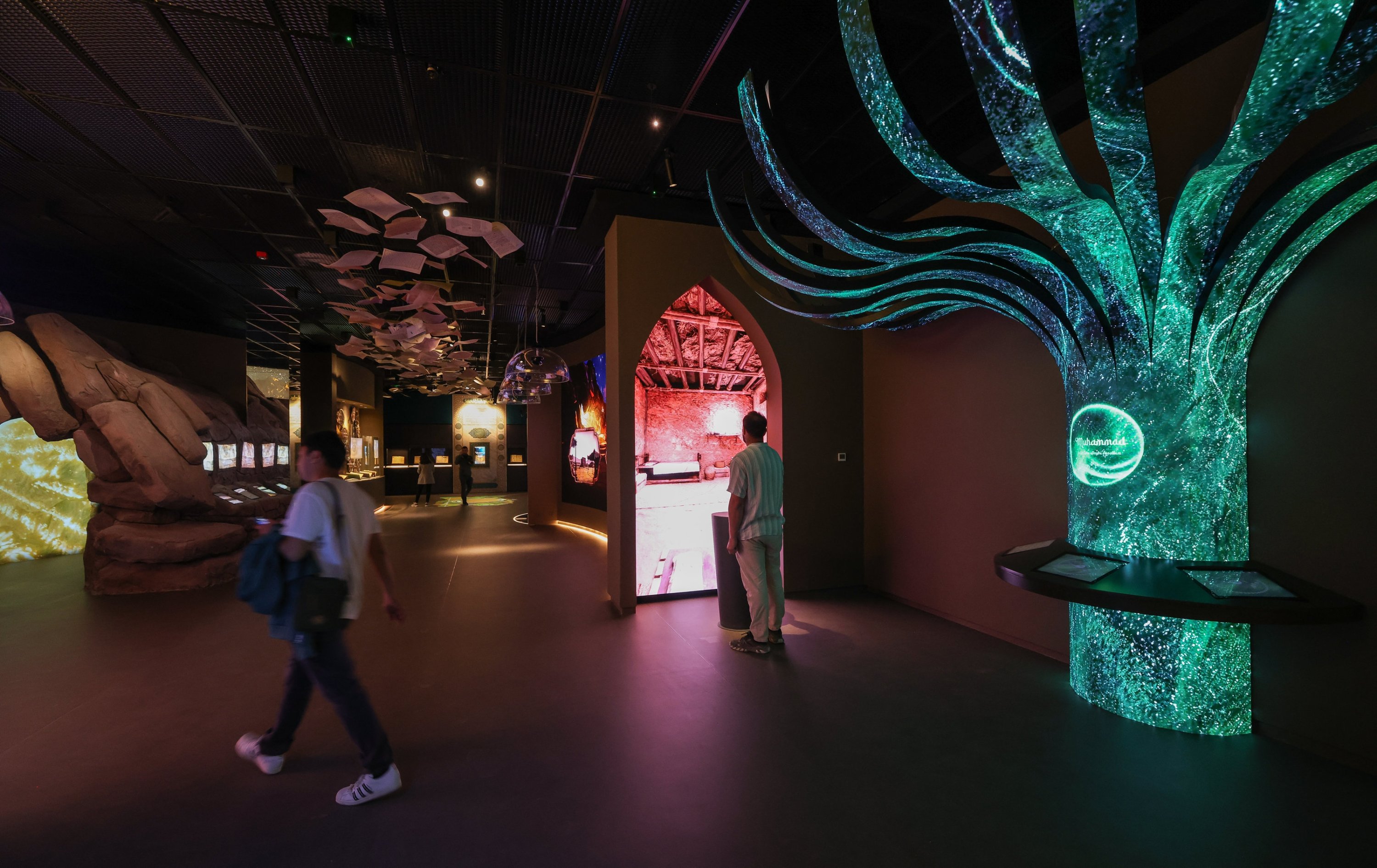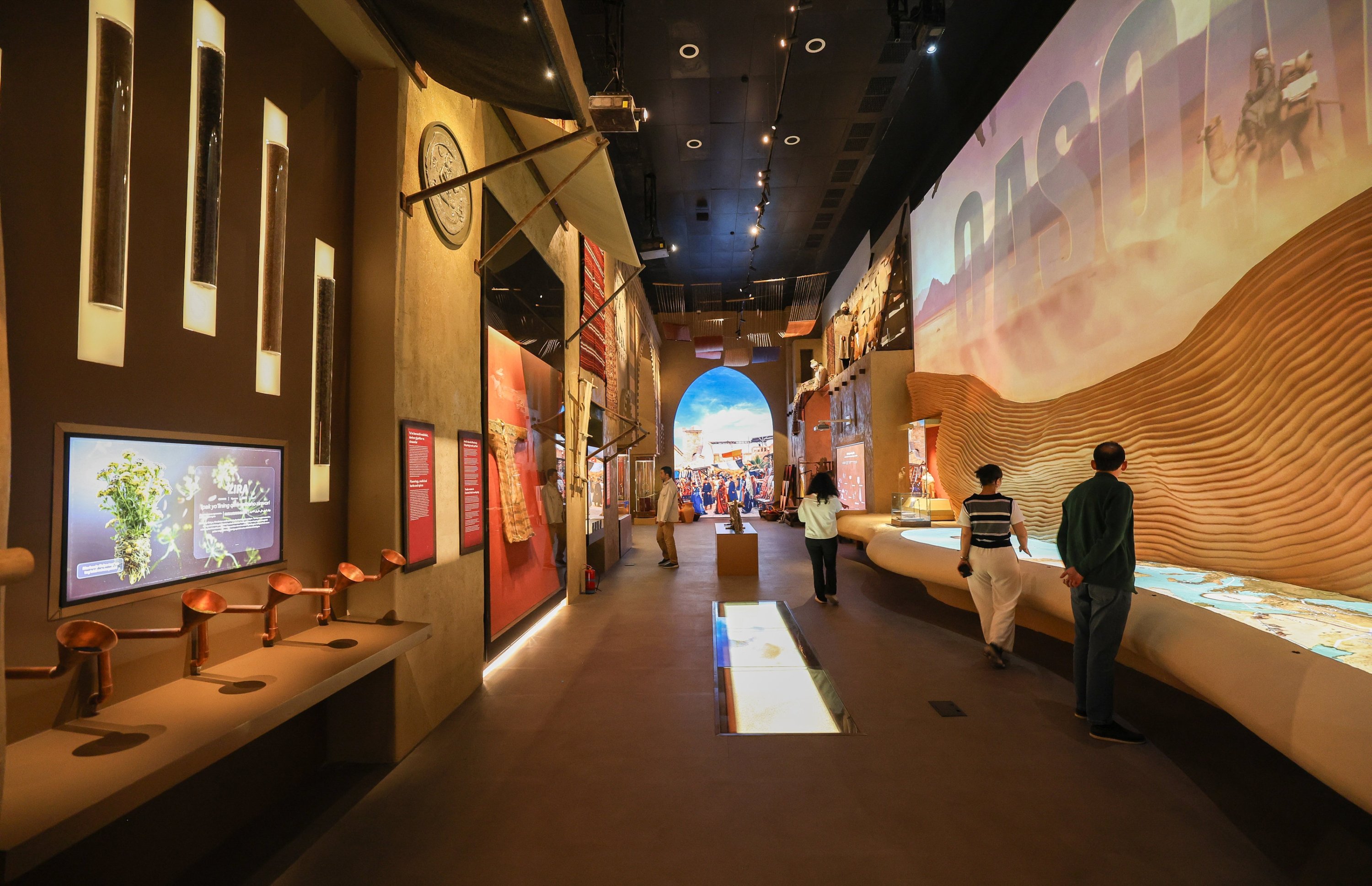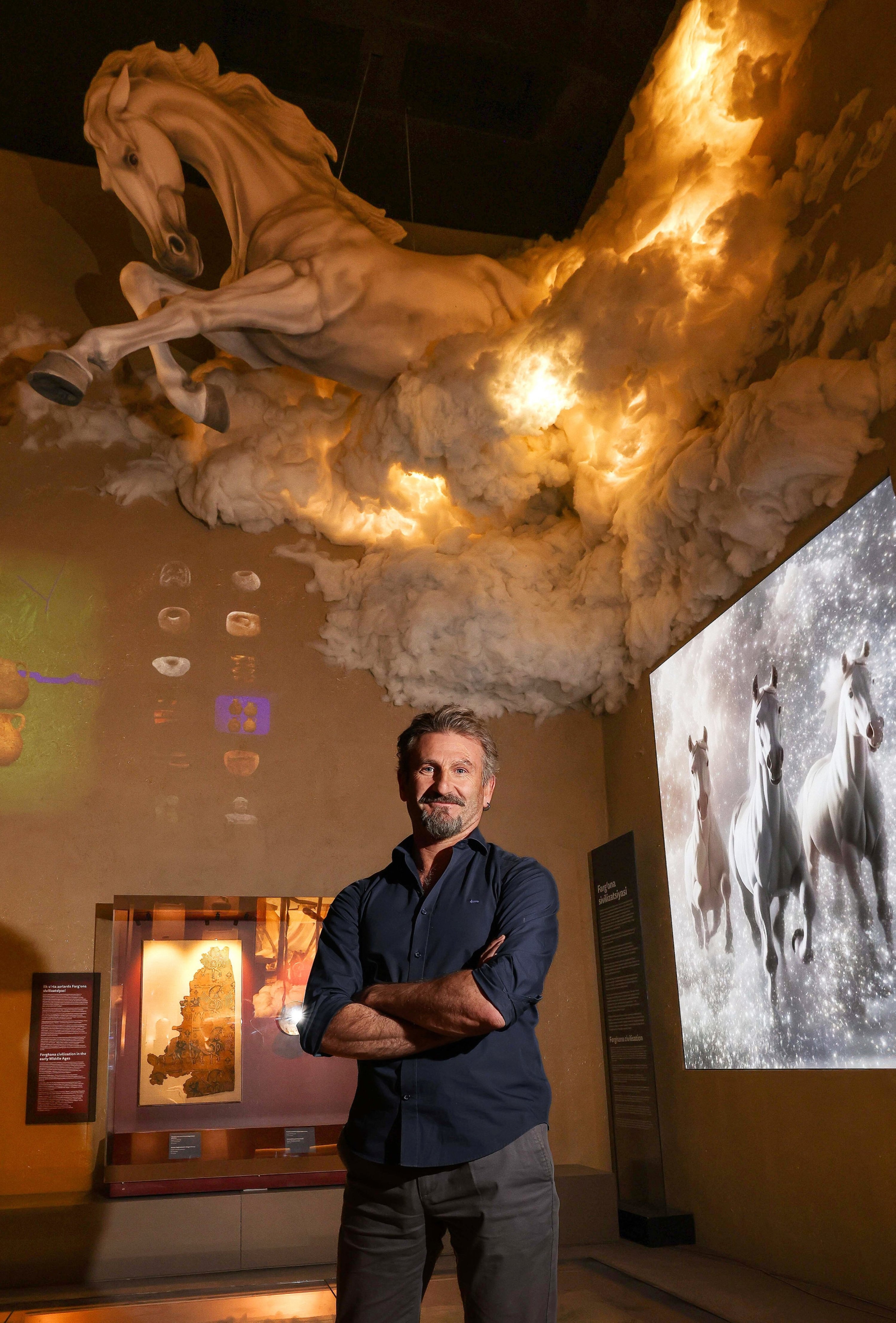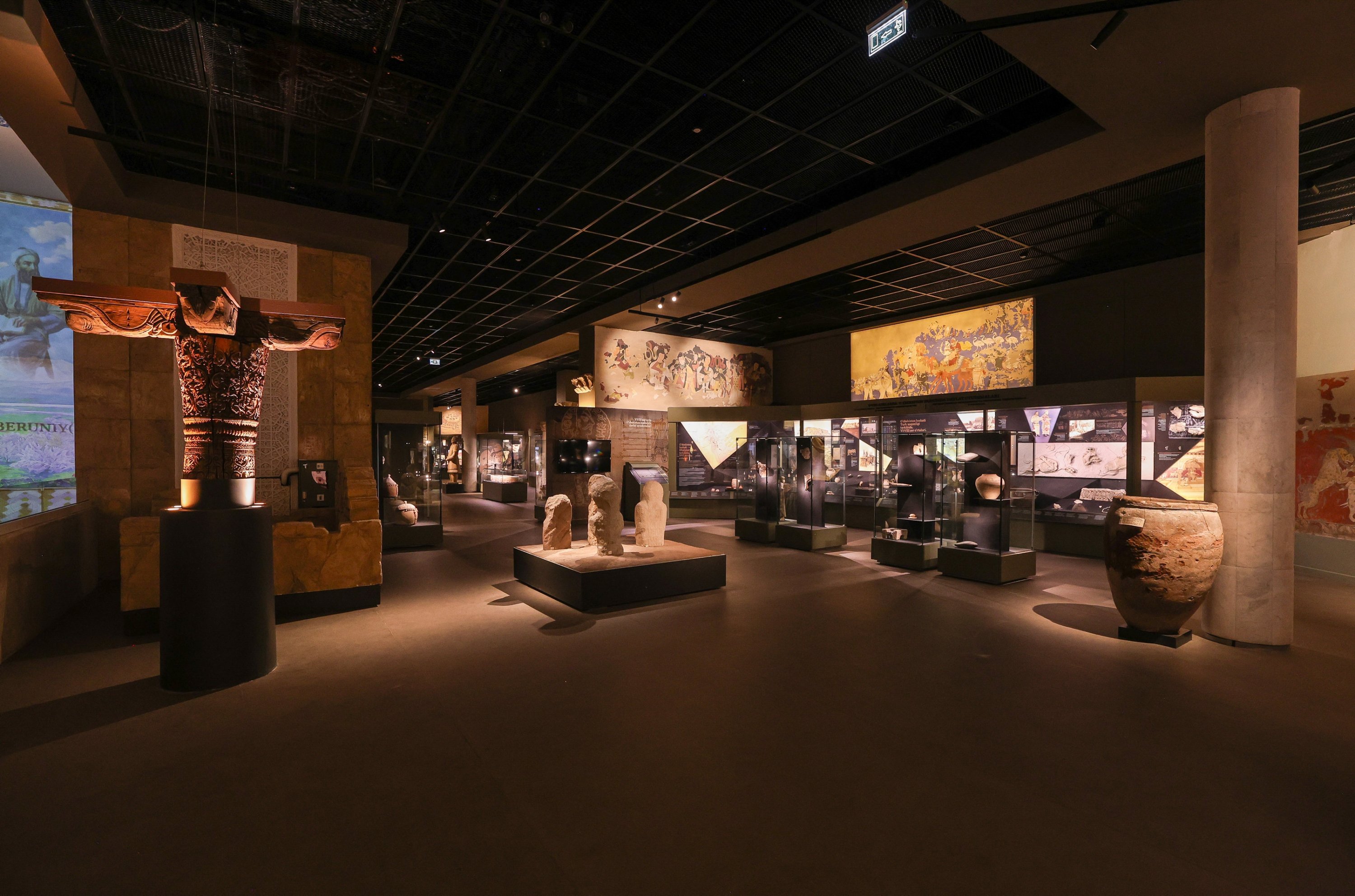Uzbekistan, often called the “Pearl of Central Asia,” is bridging its past and future through a contemporary museology approach, thanks to Turkish designers whose works span from Tashkent to Samarkand.
Sinan Turaman, chief designer of Outdoor Factory, and his team are bringing Uzbekistan’s vision for cultural development to life through museum and monument projects. Their designs in Tashkent and Samarkand blend history and technology seamlessly, offering visitors an innovative museum experience.
Completed swiftly, these projects incorporate digital interaction zones, mapping systems and audio storytelling, presenting an experience far beyond the traditional museum concept.

By leading such initiatives, Turkish designers are strengthening cultural cooperation between Türkiye and Uzbekistan, helping to preserve and promote their shared heritage for future generations.
Legacy through museums
The cultural export by Turkish designers to Uzbekistan began with the Monument to the Independence of Uzbekistan, which embodies traces of the Uzbek people’s 3,000-year history. Designed by Sinan Turaman and his team to mark the country’s 30th Independence Day, the monument was completed in just 64 days and inaugurated in 2021. It stands proudly at the center of the “Yangi O’zbekiston” park near Tashkent.
The team also played a critical role in designing and implementing the Pre-Islamic Era Exhibition at the Center for Islamic Civilization, located in the heart of Tashkent. This center aims to showcase the historical legacy of the Islamic world’s thought and scientific heritage through modern exhibition techniques.
Another key cultural gateway is the State History Museum of Uzbekistan, where Turkish designers continue to contribute. The museum, preparing to highlight Central Asia’s roots, cultural wealth and civilizational journey, houses over 350,000 artifacts awaiting visitors.

In Samarkand, the Imam Al-Bukhari Memorial Museum, part of the Imam Bukhari Complex which includes a mausoleum, mosque and museum, has been designed by Turkish designers to blend digital storytelling with faith, knowledge and historical continuity.
Sinan Turaman, speaking to Anadolu Agency (AA) about their signature works in Tashkent and Samarkand, said that after the Monument to the Independence of Uzbekistan, perceptions of their team in Uzbekistan greatly improved, leading to more diverse project requests.
He emphasized their strong presence in museology and symbolic urban architecture, such as monuments and parks. Starting with a small museum after the Independence Monument, the team initially sent only designs but later undertook ongoing projects, including the History Museum, Imam Bukhari Museum and the Islamic Civilizations Center.

Turaman noted that their work spans not only Türkiye and Uzbekistan but many countries worldwide. Having spent five years in Uzbekistan, he shared: “I know Uzbekistan’s history, cities and streets better than my own. Because of this, the government often requests new projects, expecting us to bring experience from Türkiye and beyond. We work closely with local scholars, forming a strong team supported by 200-250 people in both Istanbul and Uzbekistan. These results come from coordinated efforts with citizens, professors, scholars and officials.”
Islamic Center opening soon
Turaman shared that the museum area of the Islamic Civilizations Center covers 7,500 square meters, divided into four sections: Pre-Islamic, First Renaissance, Second Renaissance and Third Renaissance.
He explained: “We designed the Pre-Islamic hall. The reason they entrusted this to us is likely because of our previous experience with the 3,000-year history of Uzbekistan in the History Museum. We completed this hall in a very short 45 days. Our success comes from knowing the history well and having experience. We know what to do and where to place each element. Here, we use more technology than before. Rather than an ethnographic museum, we aim to create a spiral structure in which people interact and communicate through technology in every section.”
Regarding the Imam Al-Bukhari Memorial Museum in Samarkand, Turaman added:
“In every section and story, we preferred to combine historical experience with modern technology, creating a bridge between the past and present. We avoided purely text-based research and included technological tools to engage visitors who might otherwise lose interest.”

He noted that they are awaiting completion of other sections of the center, expecting an opening on Nov. 15, with the History Museum scheduled to open in December.
Turaman attributed their entrusted role in preserving Uzbek culture to the strength of their team. Every member diligently researches their respective fields, noting that the cultures of the Turkic republics are not very distant from Turkish culture.
He also mentioned plans to start designing a museum dedicated to Imam Al-Maturidi.


